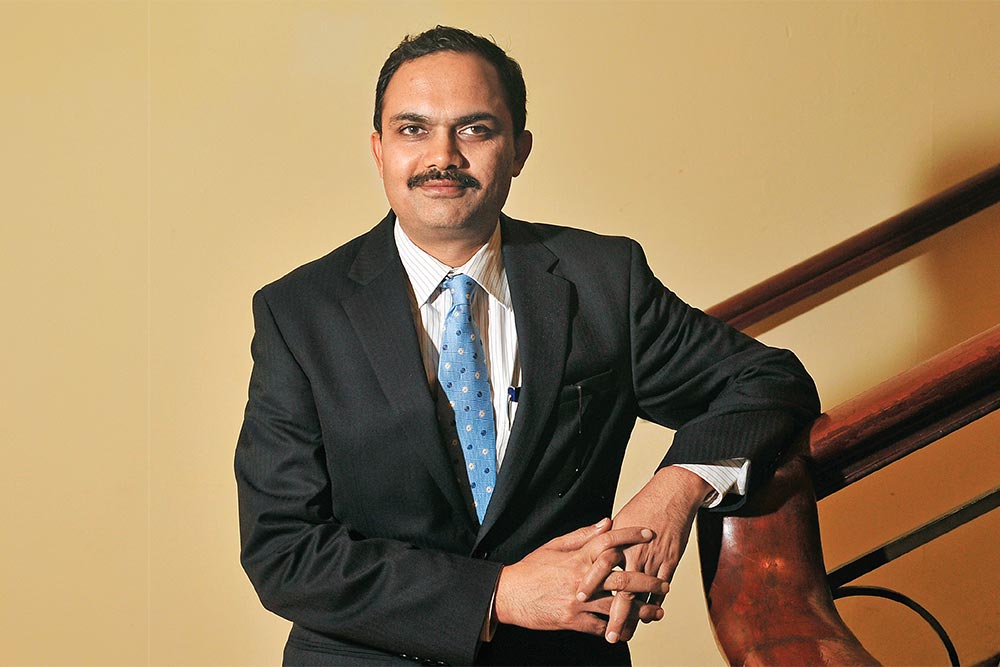Consider this: Between April 2003 and March 2008, when the Sensex rose from a low of 3,000 all the way to 21,000 in January 2008 before settling at around 15,600, the net inflows of equity mutual funds burgeoned from a mere ₹118 crore to a whopping near-₹53,000 crore. Since then, as the markets have not performed, P/Es have continued to trend lower, and investor interest only waned. Cumulatively, over the past four years (April 2009-October 2013), investors have pulled out of equity funds to the tune of nearly ₹20,000 crore.
That’s not surprising, given that investors around the world get swayed by the general mood or sentiment in the market and are seldom driven by what actually determines stock returns. In particular, retail investors end up investing when stocks are expensive and bailing out when stocks are cheap — quite contrary to what they should be doing to earn a good return. This tendency to invest large amounts in high P/E markets and to not invest or actually sell in low P/E markets is the main reason for the not-so-good experience with equities of the average retail investor.
If only they had stayed invested through the good and bad times, they would have known that not many asset classes can match the return from equities. Since 1979, when the Sensex came into existence, the index has grown from its base value of 100 to 20,000 — that’s a 200X leap in 34 years or a 16.86% compounded return annually. This number, by the way, isn’t extraordinary — the Sensex return is close to the average annual nominal GDP growth of the economy. Given India’s growth potential, the outlook for Indian equities continues to be promising. But if investors are to benefit from this magic of compounding, they will have to leave behind the two main reasons that limit them from exploiting this potential. First, the majority of investors still looks at equities as a trading investment — most aspire to make a quick 20-30% return rather than a long-term investment. They defy the wisdom in the adage that time in the market is more important than timing the market. The mindset will need a marked shift, to setting your eyes on the long term. Second, investors will have to focus on the windshield than the rear-view mirror. The mistake investors often make is to continue to buy when markets are soaring and past returns are good, no matter if valuations are high, and, on the other hand, not buying when prices are low and past returns look bad, even if valuations are attractive.
The key to sound investing isn’t rocket science: invest at times when the valuations are low. A quick glance at empirical data bears out that investments made in equities in low P/E markets — say, a P/E below 15 — have done well over a five-year period; on the other hand, investments done in high P/E markets — say, when P/E is more than 20 — haven’t done too well. Now, the only time when the market will offer you a low P/E is when there is a pall of gloom over it, either because the economy is going through a tough phase or there is an external factor that affects buyers and sellers.
That brings me to my other important point about investing — keep the faith. Ironically, that’s where foreign investors seem to have triumphed over their local counterparts. They have displayed greater faith in our economy’s growth than local investors, which also explains why foreign investors have collectively been bigger beneficiaries of gains in Indian stock markets than the locals. Barring a few years, foreign institutional investors (FIIs) have consistently invested in Indian equities across economic cycles. Since they were allowed entry into local stock markets in 1992, FIIs have systematically added to their stakes, currently owning 21% of all NSE-listed stocks. That is like adding about 1% every year since they began investing in India.
For all the brickbats India gets for being among the worst countries in the world for doing business, the FII community has distinctly preferred it as an investment destination because of the relatively higher growth compared with the rest of the world. What keeps the FIIs patient is the fact that this higher growth is pinned on favourable demographics, rising affordability, low penetration of consumer goods, rich natural resources and the large size of the country. They have been mature enough to understand that you can have cyclical downturns in a secular growth story and thus haven’t pulled the trigger every time there was a slump.
For most of us, the most important thing to recognise today is that whenever India faces challenges is when the most difficult changes take place and, over time, healthy economic growth resumes. Though the economy hasn’t been in great shape in the past few quarters, the direction is now right and the worst seems to be behind us. Today, high current account and fiscal deficits and policy-related bottlenecks in core sectors of the economy are the key problems. But the silver lining is that falling gold imports and stabilising crude prices should help contain the current account and fiscal deficits. The Centre is also working hard to resolve the bottlenecks and there is an improved policy environment compared with the last few years.
Moving into the second half of the current year and the next financial year, indications are that economic growth should improve, interest rates should head lower, and capital formation should revive, led by roads and power distribution and transmission sectors. Surely, the economy should resume on its growth path soon enough. Already, markets are beginning to appreciate the improving economic conditions and risk appetite is coming back.











